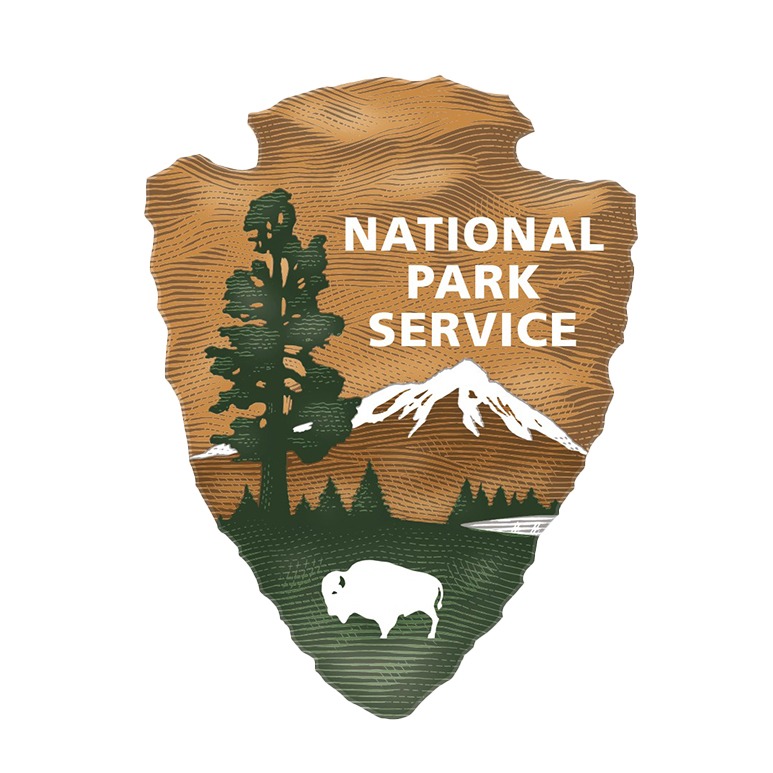*This is a 2024 archived project, view this year’s projects here.
Project overview: Restore imperiled native amphibian populations by monitoring species’ status and reintroducing Sierra Nevada yellow-legged frogs, California red-legged frogs, and Yosemite toads to healthy lakes and meadows.
How your support helps: Amphibian populations are threatened around the globe, as habitats are destroyed or deteriorate, and invasive diseases (such as chytridiomycosis) and species arrive. Since the late 1990s, our donors have supported efforts to study and save Yosemite’s native amphibians through surveys of lakes, ponds, and meadows; and ambitious captive rearing and reintroduction efforts. In recent years, donor-funded work has focused on three imperiled amphibians: Yosemite toads, Sierra Nevada yellow-legged frogs, and California red-legged frogs.
- Yosemite toads: Through Conservancy-supported research, scientists have increased their understanding of the park’s population of Yosemite toads, a rare and endemic species.
- Yellow-legged frogs: Starting in 2013, the Conservancy began funding targeted efforts to restore high country lakes and reintroduce once-common, now-endangered Sierra Nevada yellow-legged frogs. That effort has resulted in a measurable increase in yellow-legged frog numbers in Yosemite — one of few examples of a frog population rebounding, as amphibians decline worldwide.
- Red-legged frogs: In 2016, with support from donors, scientists turned their attention to another imperiled amphibian, California red-legged frogs, which hadn’t been seen in the park in half a century. In recent years, biologists have reintroduced thousands of red-legged frog eggs, tadpoles, and adults in Yosemite Valley, where the species is now successfully reproducing and regaining a foothold in the ecosystem.
The park’s successful amphibian work is anchored in innovative approaches to wildlife research and restoration. With donor support, scientists have been able to identify healthy habitat using environmental DNA (eDNA) techniques; study the prevalence of chytrid fungus, which causes the potentially deadly amphibian disease chytridiomycosis; use tiny microchips to monitor red-legged frogs; partner with the San Francisco Zoo to raise young amphibians in a protected space; and more.
This year: This year, park teams will conduct the first-ever attempted reintroduction of Yosemite toads — which Conservancy-funded research identified as particularly vulnerable to drought and climate change — to their native habitat in park meadows. A reintroduction has never been attempted with Yosemite toads; if successful, this effort could set the stage for additional work to save the species. Biologists will also continue to monitor red-legged and yellow-legged frogs with the goal of reintroducing them in the coming years.
Project partners: Yosemite National Park; University of California, Santa Barbara; and San Francisco Zoo

